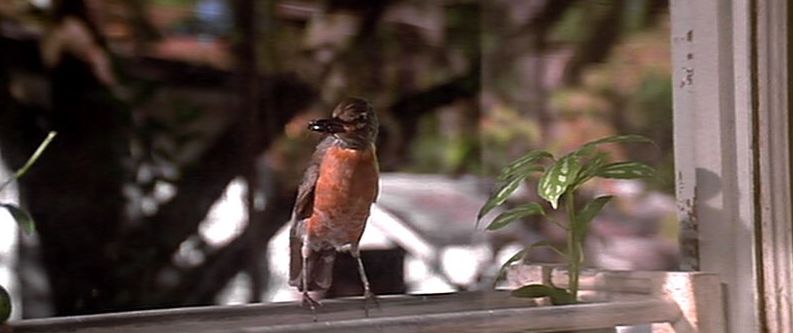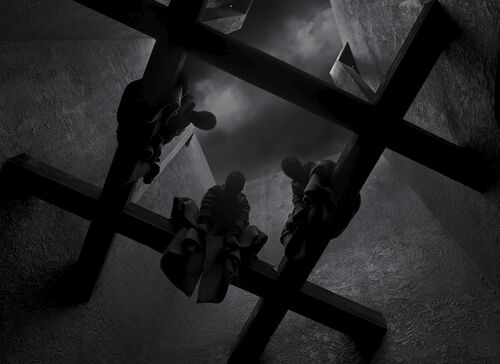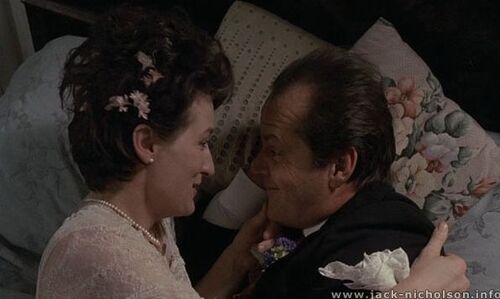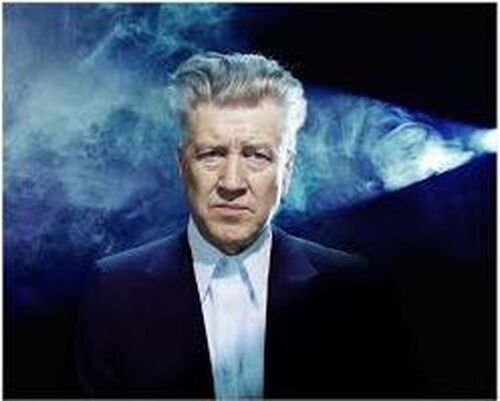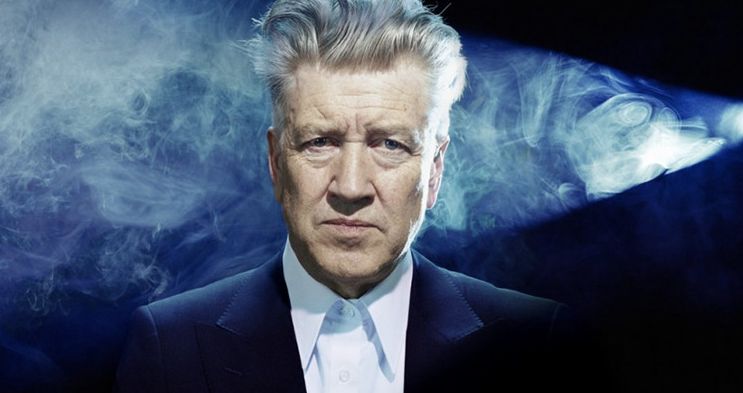
Exploring David Lynch: Blue Velvet
 The 1986 feature by notoriously challenging David Lynch, was an exercise for the auteur to dabble with the topics of voyeurism and kidnapping. Blue Velvet was the vehicle Lynch used to build a film around one of his most vivid childhood memories. As a young boy, Lynch witnessed a bloodied naked woman walking down the street close to his childhood home. What was her story? Why was she on the road naked and hurt? Lynch never knew, but Blue Velvet delves deep into the most idyllic of places and proves just how seedy of an underworld can exist where you least expect it. David Lynch, who even today describes himself simply as an Eagle Scout from Missoula Montana, has always been fascinated by what lurks below the surface. Growing up in one house resting behind a white picket fence after another, David was always in-tuned to the evil that may lurk beneath small town life. As Lynch has said: "I discovered that if one looks a little closer at this beautiful world, there are always red ants underneath."
The 1986 feature by notoriously challenging David Lynch, was an exercise for the auteur to dabble with the topics of voyeurism and kidnapping. Blue Velvet was the vehicle Lynch used to build a film around one of his most vivid childhood memories. As a young boy, Lynch witnessed a bloodied naked woman walking down the street close to his childhood home. What was her story? Why was she on the road naked and hurt? Lynch never knew, but Blue Velvet delves deep into the most idyllic of places and proves just how seedy of an underworld can exist where you least expect it. David Lynch, who even today describes himself simply as an Eagle Scout from Missoula Montana, has always been fascinated by what lurks below the surface. Growing up in one house resting behind a white picket fence after another, David was always in-tuned to the evil that may lurk beneath small town life. As Lynch has said: "I discovered that if one looks a little closer at this beautiful world, there are always red ants underneath."
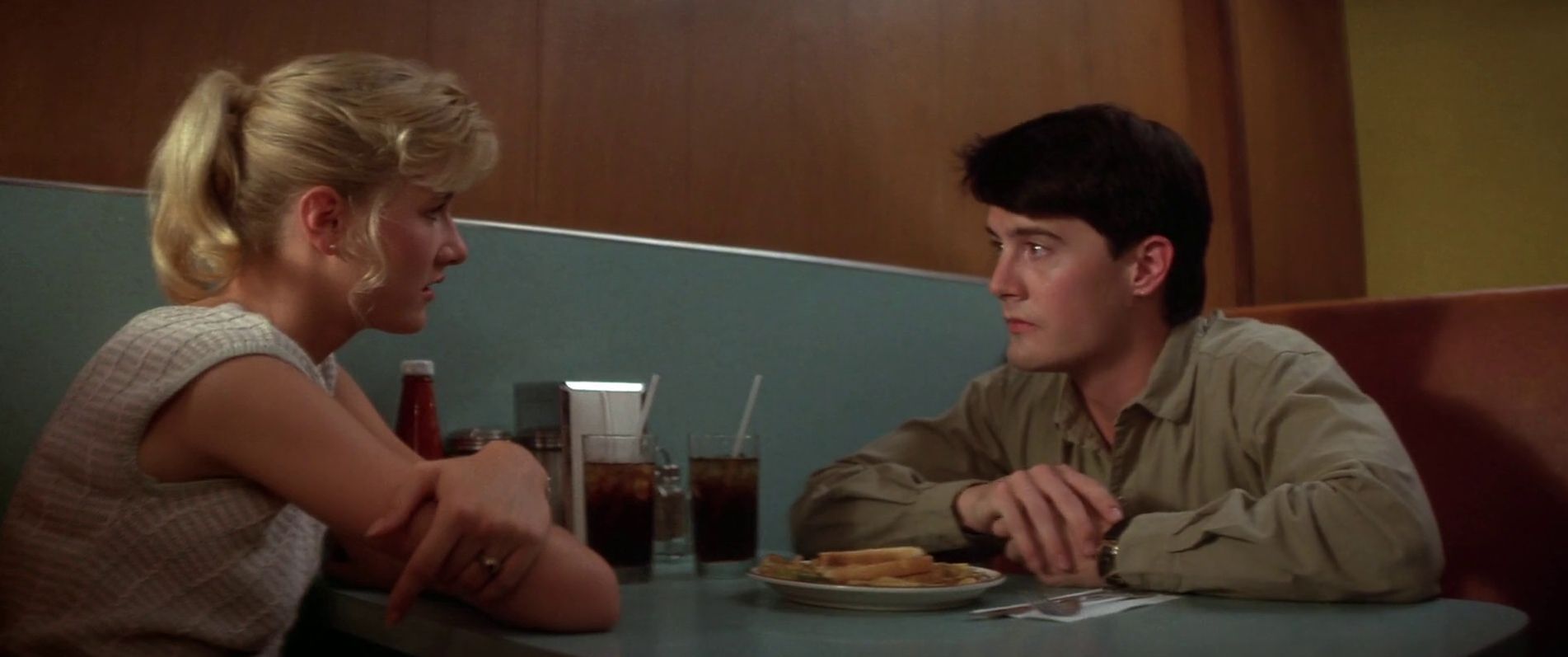
Jeffrey Beaumont (Kyle MacLachlan) is a college student who has returned home after the news that his father had been hospitalized. Tasked with running the hardware store his father owns while he is in the hospital, Jeffrey quickly settles back into the small town in which he was born, Lumberton, a city reliant upon lumber where it seems every house has white picket fences and tulips growing in the yard. Despite the picturesque atmosphere of Lumberton, Jeffrey discovers a human ear in a field on his way home from visiting his father in the hospital. Understandably troubled by his discovery, Jeffrey takes the ear in a bag to a detective he knows in town. After initially keeping him in the fold as the investigation gets underway, Jeffrey is soon told to forget about it and told that no further information would be divulged to him. Unable to ignore, Jeffrey seeks out ways to stay involved in the case, one of those ways is by spending time with the detective's daughter, Sandy Williams (Laura Dern). Through their interactions together, Sandy shares what she knows about the case with Jeffrey, as her bedroom lies just above her father's home office. Sandy can enlighten Jeffrey that the case has to do with Dorothy Vallens (Isabella Rossellini) who lives in an apartment near Jeffrey. Jeffrey's unquenchable curiosity leads him to break into Dorothy's apartment, with Sandy's help, and discover the sordid secrets his charming town holds.
I'm not convinced that there is a film in cinema history with a better opening than Blue Velvet. The fire truck driving by, the man waving while watering his lawn, the red roses lining the white picket fences which descend underground to the world hidden by grass inhabited by insects immediately gets to the heart of David Lynch's evaluation of small towns. Showing such gleaming iconography of small-town life and the contrast of what goes on beneath the surface, a dark, violent reality covered from view is precisely the kind of microscope Lynch reveals to his audiences. In the most basic sense, Lynch warns his audience that things are not always what they seem, and there can be a whole other world hidden beneath the surface of even the most seemingly innocent place. The interplay between the most trustworthy of people and the secrets they lurk within the shadows is a constant presence in Lynch's work. Perhaps my favorite part of Blue Velvet is the fact that it sounds exactly like a David Lynch production. I'm not actually, for once, referring to Lynch's perfect sound design with ample harrowing hollow sounds filling the ears of the audience; that flawless use of sound is present in Blue Velvet, but what is so prominent to me is how much the script sounds like it came only from the pen of David Lynch. I'm no casual fan of Lynch's work, mind you; I list Eraserhead, the auteur's debut feature not only my favorite Lynch film, but my favorite film of all-time. I'm one of "those Lynch fans" that will discuss the merit of Dune and enjoyed every d*mn fine episode of season two of Twin Peaks. I worship at the altar of David Lynch and would sit through, happily, anything he decides to give us. That fandom has led me to digest hours of Lynch interviews, and I was immediately stricken by the dialogue and how much it sounded precisely like words that would come directly out of Lynch's mouth. Laura Dern's entrance from behind the trees ranks among the best film entrances, in my book. Now is probably the best time to say that Laura Dern is painfully underrated and a phenomenal actress. The Lynch color palette complete with striking, vibrant primary colors adds to the magic of a film with the name of a color in the title. Lynch is probably (look at me pretending to be objective) one of the greats at using high contrast shots to pack an extra punch in his shots and such contrast, in combination with the lighting and sound design create a complete Lynch experience even in one of his more linear productions.
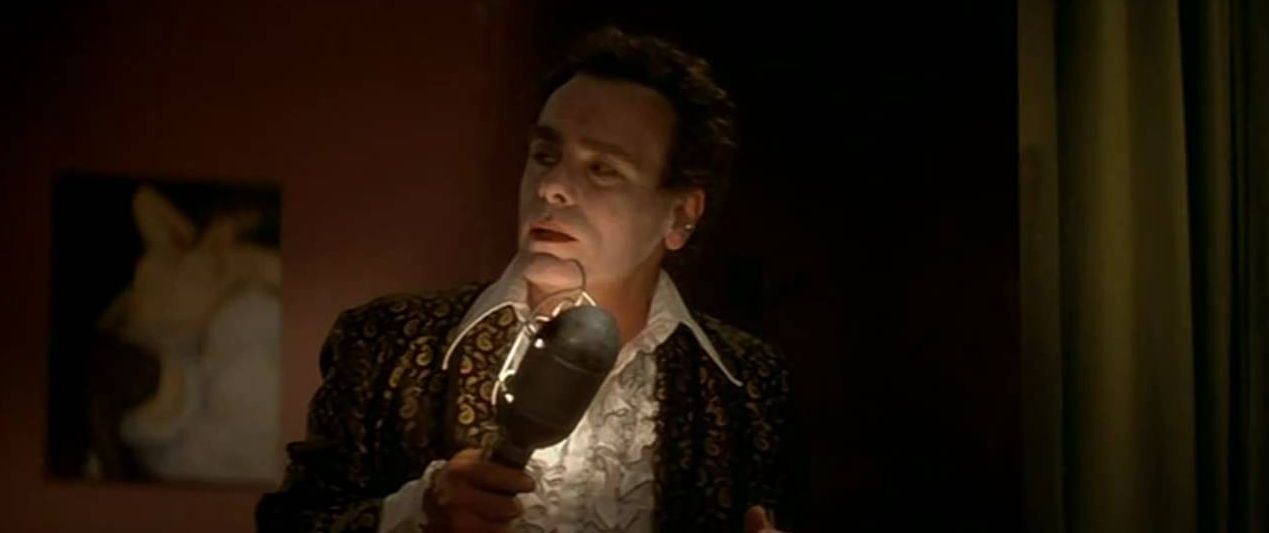
I watched Blue Velvet immediately after my rewatch of the first two seasons of Twin Peaks before the new episodes of The Return premiered in 2017. I need to take a quick break and point out how much I love being able to say that there are new episodes of Twin Peaks to enjoy! Anyway, I couldn't help but notice several similarities between Blue Velvet and Twin Peaks. The most notable similarity was the fact that Kyle MacLachlan played the lead in both. MacLachlan was also sleuthing in both, in Blue Velvet as a self-appointed amateur detective and in Twin Peaks as a member of the F.B.I. in both the television series and the film, the small idyllic towns were based around lumber. My favorite similarity recalls a scene from Twin Peaks in which Kyle MacLachlan's character throws stones at glass bottles, acting out a supposed Tibetan ritual of revealing answers. In Blue Velvet, MacLachlan is again seen throwing stones at glass bottles when he discovers the ear that starts his journey of investigation. Both of the Lynch works feature seemingly perfect towns with dark nefarious secrets beneath them. One final notable similarity has to do with the attention paid to robins. Every Twin Peaks fan can recall the robin with its head turned to its right that accompanies the beautiful Angelo Badalamenti score, who also scores Blue Velvet, ushering in each episode in the series. The ending of Blue Velvet also features a robin that is gazed upon by the main characters in the film as it feeds. It's fun to watch so many Lynch works back-to-back and notice the similarities in each, and it is just as fun to watch David Lynch works back-to-back for any reason as the director is responsible for some of the most striking imagery in cinema history. Upon this watch of Blue Velvet, however, which so closely followed my rewatch of Twin Peaks, allowed me to see just how much reoccurring threads pop up in Lynch's films. Although the more linear the narrative, the comparatively less I like the entries in David Lynch's filmography, the auteur is my favorite director of all time, and I am so thankful for his films and constant desire to detect what remains hidden in the world.
